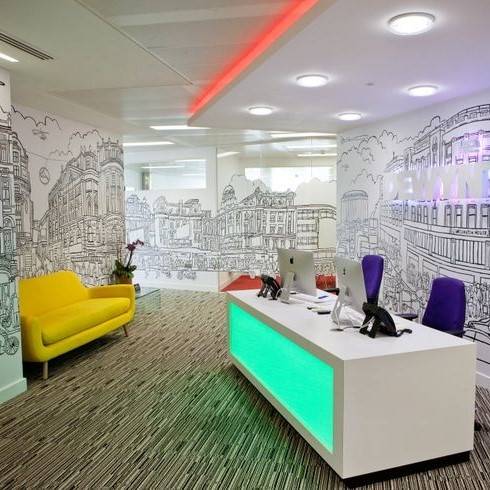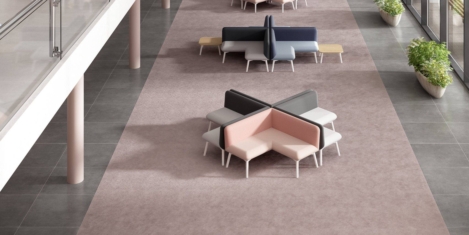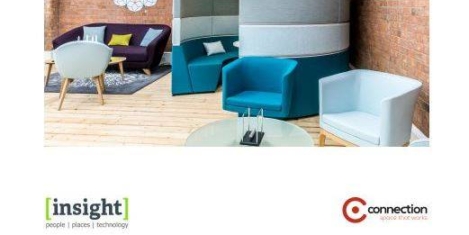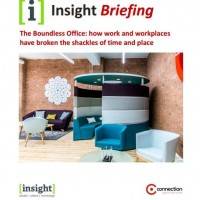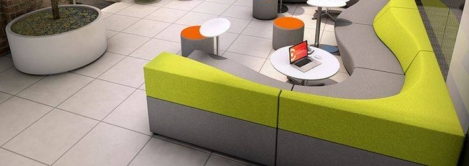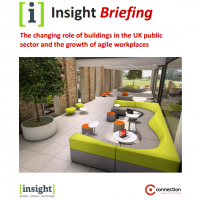September 28, 2017
Insight Briefing: the business case for design and build 0
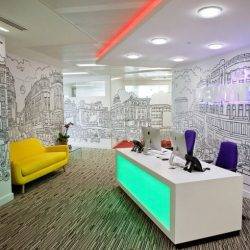 The best way of getting what you want is invariably to follow the simplest route. Research, experience and common sense tell us that in most cases, simple systems achieve better, faster and less expensive results and that the success of any project will often be in inverse proportion to the number of people involved in the system used to implement it, the number of decisions these people have to make between them, and the number of times they have to communicate with each other. Complexity is the enemy of success. Simplicity is all. And it is this that is the underlying principle behind ‘Design and Build’; often the best, fastest and least expensive method of developing and implementing an office design project, yet also one of the least understood, especially with regard to its ability to deliver exceptional design. This White Paper is aimed both at those who want to find out more about this uniquely effective method of completing a project, but also at those who may have mistaken preconceptions about Design and Build. This is an idea whose time has come and it is all based on the most fundamental of all fundamental principles: by keeping things as uncomplicated as possible, it can often deliver the best value, best design and the best response to a brief in the quickest time and at the lowest cost.
The best way of getting what you want is invariably to follow the simplest route. Research, experience and common sense tell us that in most cases, simple systems achieve better, faster and less expensive results and that the success of any project will often be in inverse proportion to the number of people involved in the system used to implement it, the number of decisions these people have to make between them, and the number of times they have to communicate with each other. Complexity is the enemy of success. Simplicity is all. And it is this that is the underlying principle behind ‘Design and Build’; often the best, fastest and least expensive method of developing and implementing an office design project, yet also one of the least understood, especially with regard to its ability to deliver exceptional design. This White Paper is aimed both at those who want to find out more about this uniquely effective method of completing a project, but also at those who may have mistaken preconceptions about Design and Build. This is an idea whose time has come and it is all based on the most fundamental of all fundamental principles: by keeping things as uncomplicated as possible, it can often deliver the best value, best design and the best response to a brief in the quickest time and at the lowest cost.
_______________________________
Charles Marks is the Managing Director of office design and fit-out company Fresh Workspace. www.freshworkspace.com





